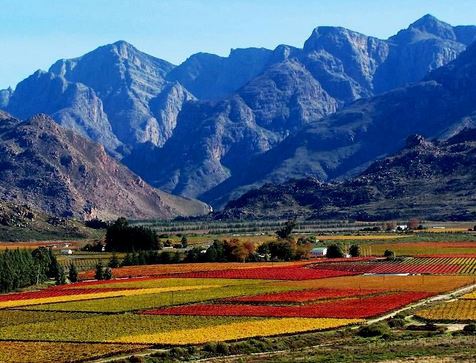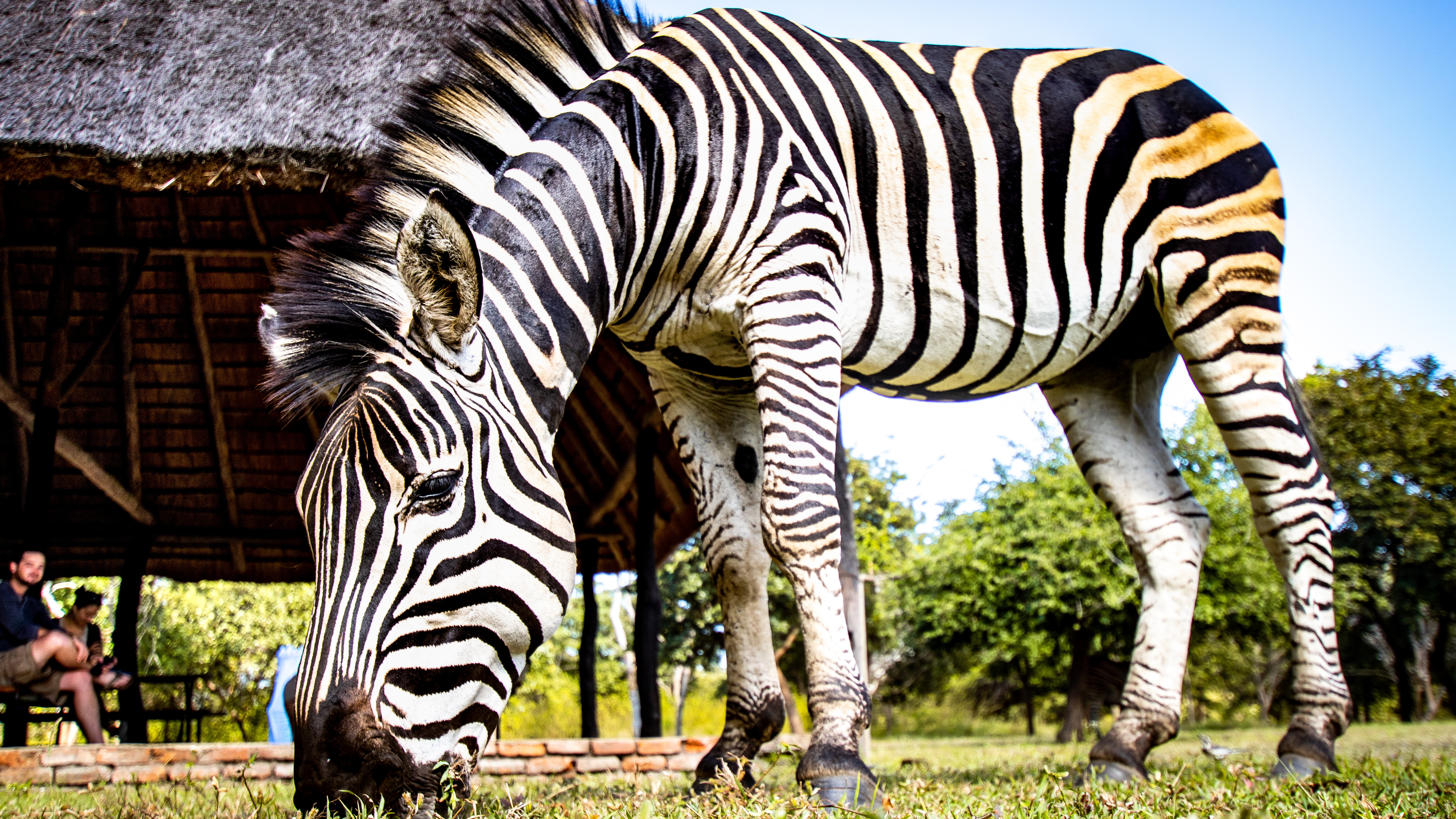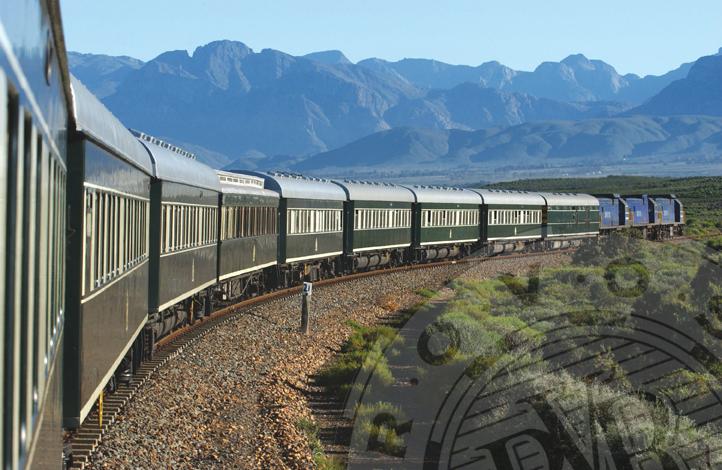Chobe National Park
The Chobe National Park is located in the north of Botswana and has an area of no less than 11,700 square kilometers. The park owes its name to the always water-bearing Chobe River that borders the park on the north side. Chobe has one of the largest game concentrations on the African continent and is therefore very suitable for safaris.
The park has four different ecosystems and is therefore very diverse. In the north-east of the park along the banks of the Chober River you will find the green plains and forests of Serondela. Savuti is located in the west, which consists of swamp, savannah and grassland, which gives it a dynamic fauna. Linyanti is a swamp area around the Linyanti River and finally the dry, hot part of Chobe where elk can be seen.
Chobe is known for its spectacular population of elephants, these are Kalahari elephants. Although they are the largest elephant breed in the world, they have smaller and brittle tusks than other elephants due to the low calcium content of the soil. The elephants are therefore less attractive for poachers and the population is still growing. During the dry season the elephants stay at the Chobe river and you can see them drinking or taking a bath during a boat safari. In the rainy season the elephants walk about 200 km to the south-eastern part of the park.
In addition to the huge elephant population, Chobe also has large amounts of buffalo and lions. The zebra, giraffe, wildebeest, wildebeest, hyena, cheetah, kudu, jackal, wild dog, waterbuck, impala, crocodile, hippopotamus and many other animal species also live in the park. Also for bird lovers there is plenty to see with 350 different bird species such as bee-eaters, hornbills, eagles, spoonbills, storks and ducks.
The area now known as Chobe National Park was once inhabited by San Bushmen who roamed the area in search of fruit, water and wildlife to eat. At a few places in the park you can still find the rock drawings of the bushmen.
The idea of declaring the area a National Park in order to protect the wide variety of wildlife and stimulate tourism came into existence in 1931. However, it was not until 1967 that the area was actually declared a National Park and with the expansions in 1980 and 1987 the current surface. However, the park is not fenced which gives the animals the opportunity to move freely between Chobe and other parks.
The dry season, May to September, has a comfortable 27 degrees during the day. However, the nights can be quite cold. During the rainy season, temperatures can rise to around 35-40 degrees during the day and it doesn’t cool down much at night either. Incidentally, this wet season also has many days when it does not rain. When visiting the Chobe National Park, consider anti-malaria precautions.
Already a taste?
Een van onze klanten documenteerde zijn bezoek aan Botswana in 2017:
– Chobe River: https://vimeo.com/254524370
– Ihaha Camp: https://vimeo.com/253787986
– Linyanti Camp: https://vimeo.com/253416023



